Science Fiction: From chronic affliction to full blown mania
Published on May 07, 2024 by Impaktor.
Transcript of a photo-copy of an article I found in a binder when spring cleaning in 2024
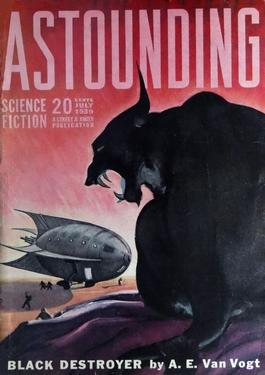
Figure 1: Astounding, July 1939
By Steven E. Ericson, (Antiquarian Book Monthly, November 2001)
You’ve probably seen them in the bookstores, lurking in the SF and Fantasy aisles, Furtive glances, a quick pawing of a title and a small stack of books cradled under their left arms - SF addicts. There’s at least one in any open bookstore at just about any given moment. The titles they choose are sometimes obscure. Frequently the covers are in garish 1950s or 60s style. Or perhaps it’s Star Trek tie-ins. Or pulp magazines - the ones with covers showing a man in a deep-space suit busily shooting some vast, drooling beast of the void. Beside him is a half-naked girl floating in space. (I know you’re wondering - ’where is that girl getting her air?’ We all are.)
SF fans. Just how can you relate to them? Are they approachable? Safe?
Sure. Remember, they were once normal folk, before Edgar Rice Burroughs (ERB), H. P. Lovecraft, Philip K. Dick, Isaac Asimov, Robert A. Heinlein, J. R. R. Tolkien, E. E. “Doc” Smith, Ray Bradbury, or another of their ilk put them into an altered state. Now they must be approached with a certain amount of caution only because, if prompted, they will unabashedly reveal their secret wants – anything by Clark Ashton Smith, C. M. Kornbluth, Nelson Bond, Edmond Hamilton, Lewis Padgett, C. L. Moore, Robert E. Howard, L. Ron Hubbard (but not that Scientology stuff) – whatever will provide the balm for their addiction, let them ease down, stop the shakes, and relax for a while. Having said that, I suppose you’re wondering ’just where is this guy coming from?’ Well, as a dealer of vintage SF, Fantasy and Horror, I have a pretty involved understanding of the addiction. I’m an addict as well as dealer. However, if you asked me what’s ’hot’ today, my answer would not be recent bestsellers, which I avoid like the plague, but something older, tried and true. For instance, from my perspective, anything by the authors mentioned above is ’hot’. I just seem to shovel their books out the doors. So, the confession here is that I’m not thoroughly ’up’ on new titles and authors. ’New’ being anything written in the last 20 years. I haven’t read Neal Stephenson’s Snow Crash. I haven’t read all of Anne McCaffrey’s ’Pern’ novels. I will. When they get a little older. What I primarily sell, and where my main interest lies, are books, pulps and magazines published before 1965. My current personal reading list is made up of coverless books and pulps from the Thirties. ’Classic’, ’Golden Age’, or ’Proto SF’ are the words that send chills through my computer locomoting fingers.
Spaceships, exploding planets, crashing suns, blasters, faster-than-light (FTL) drives, bug-eyed monsters (BEMs), generation ships, teleportation, lasers, telepathy, time travel these are a few of the ingredients of Science Fiction, and to be more exact, the bread and butter of a sub-genre of SF known as Space Opera. In simplest terms there are two sides to Science Fiction - a hard science side, or Hard SF involving extrapolations of real science, social or physical. and it’s potential, which is a strong portion of what is being written today, and there is the adventure side, or Space Opera, which was the majority of what was being written ’yesterday’. However, essentially every hot SF movie released in the last 30 years is Space Opera, the adventure, or soft side of SF. So there is a very real dichotomy between what is written vs. what is seen. As a result, SF has been referred to popularly as ’Westerns’ in outer space - good guy vs. bad guys on some frontier planet (see the movie Outland, or Miles J. Breuer’s ’The Sheriff of Thorium Gulch’, Amazing Stories 8/42). It has been denigrated as ’that Buck Rogers’ stuff. But it is only one side of SF that this can truly be applied to, and that’s the soft side. Yet whether you like it or not, it sells. Annually, I sell more Space Opera than I sell Hard SF. So no matter what the Hard SF folks say, Space Opera is the heart and soul of SF, the reckoning force behind Fandom. Just look at the allure of the Star Wars movies with their vast marketing potential. Indeed, many of the hottest selling soft SF authors of yesterday are still strong sellers today, ERB’s adventures of John Carter on Mars are still published, prized and collected. In this instance, what was ’hot’ then is still ’hot’ today.
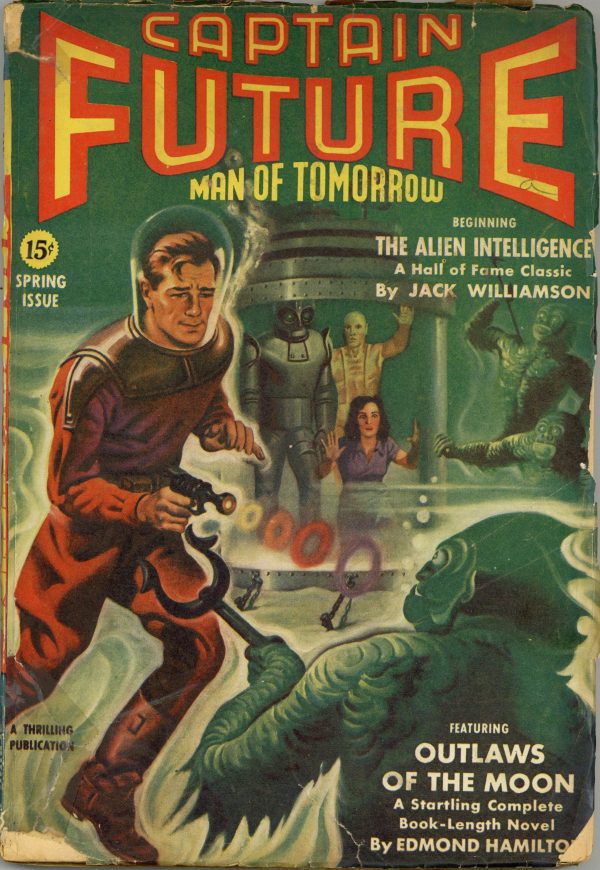
Figure 2: Captain Future, spring 1942
Science Fiction, in brief, can be considered as being born in 1926 when Hugo Gernsback published the first issue of Amazing Stories. There had been Science Fiction, or rather Proto-SF, published earlier, but only in dribs and drabs, here and there. In the earliest days, it was called ’scientific romance’ and Mary Shelley, H. Rider Haggard, Jules Verne and H. G. Wells popularly dabbled, or downright steeped in it. The All-Story Weekly, later called Argosy Weekly, published the occasional story, for instance Normal Bean’s (aka ERB) Under the Moons of Mars in 1912. Weird Tales, begun in 1923, would dabble with the odd weird-science tale. But in 1926, for the first time this type of story could be found gathered back to back, between the covers of a magazine called Amazing Stories. The scientific romances of yesterday were now dubbed ’Scientifiction’. This is the start of the classic period of science fiction, also referred to as the Gernsback Era. Hugo, from whom we name the Hugo Award, wanted his stories to instruct as well as entertain. In practice, it meant that the ’romance’ was paused for a page or two as the scientist (there was always at least one in the story) would provide some ’scientific’ explanation for what was going on.
In 1926, for the first time collecting science fiction as a hobby, while realizing that was what you were doing, became possible. Amazing Stories, under Hugo Gernsback’s direction, made deliberate efforts to identify the titles and the authors who had worked, or were working in the field. It rallied the fans in to cohesive group and showed them a direction. Early issues of Amazing featured letters from readers asking where the earlier issues could be found and offering cash or trade. Those who bought them were evidently hoarding them. They also called for reprints of specific titles that they’d heard mention of but had never had access to. And just as suddenly, the readers clamoured for even more.
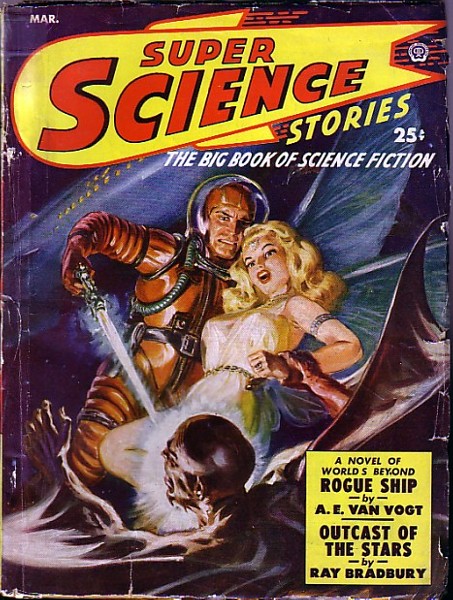
Figure 3: Super Science Stories, March 1950
Encouraged by his success, Gernsback added an Annual and a Quarterly to his 1927 lineup. The first issues featured Edgar Rice Burroughs and H. G. Wells respectively. It seemed he could do no wrong. However, one day in the spring of 1929, Gernsback awoke to find that he had been forced, without any fore-knowledge, into bankruptcy proceedings. He had lost control of Amazing, and all other Experimenter publications, to Radio-Science Publications. Not one to despair, he quickly launched Stellar Publishing Corp, and organized a competing lineup – Science Wonder Stories, Air Wonder Stories, and Scientific Detective Stories. These were later combined into a single title, Wonder Stories. First Fandom, as the first group of SF fans has come to be known, was thriving, the floodgates were opened and publisher-competitors were quick to notice and respond – Astounding Stories, Miracle Stories, Scoops, Planet Stories, Startling Stories, and more to follow, including Buck Rogers and Flash Gordon in story, comics, and film. Addictions were created and nurtured with the world-wrecking SF of the Thirties.
In late 1937, Science Fiction rounded a corner. Joseph W. Campbell assumed the editorship of Astounding Stories and, hitting his stride in 1938, ushered in the official Golden Age of Science Fiction. Many of the ’big’ SF names published their first stories in 1938 and 1939: Lester del Rey (Astounding 4/38), Isaac Asimov (Amazing 3/39), Robert A. Heinlein (Astounding 8/39), A. E. van Vogt (Astounding 7/39), Theodore Sturgeon (Astounding 9/39). And L. Ron Hubbard, previously an adventure pulp magazine contributor, made his first SF sale to Astounding in July 1938. The authors were there and the fiction soon followed. Heinlein’s Future History, Asimov’s Foundation Trilogy (yes, until the early 80s, it was just a trilogy), Edmond Hamilton’s Captain Future, and the rest. In those days, with fiction like this, it was easy to become addicted. This period lasted until, rounding another corner, the harsh realities of the Atomic Age were realized. In 1946, after the drop of two infamous bombs, Science Fiction was forced to grow up. We can safely date the birth of Hard SF, as we know it, to this period, just before and after the Bomb.
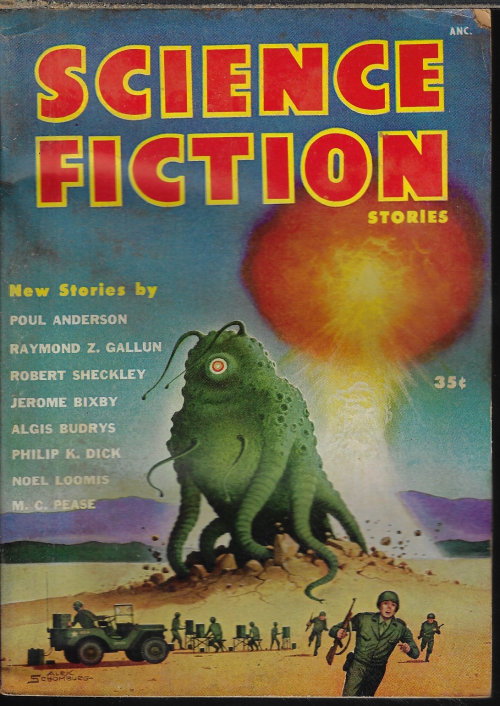
Figure 4: Science Fiction Stories #1, 1953
Much of the SF of the fifties dealt with nuclear power and atomic war. Between bouts of digging bomb shelters, readers and movie-goers were shown the frightening consequences of science gone mad. Many mutated creatures crept across the various landscapes of the world. Godzilla repeatedly trampled Tokyo, giant ants (Them!) undermined Los Angeles, and dinosaurs (Gorgo and Mom) wrecked London. On the other hand, there was also a concerted effort on the part of Hard SF to get space travel right. Robert A. Heinlein and John W. Campbell were at the forefront. Heinlein was the prime mover who influenced Hollywood, This, of course, was Destination Moon, a milestone George Pal film released in 1950 and loosely based on Heinlein’s Rocket Ship Galileo. Heinlein was called in as an advisor to the production crew. It was the first attempt to make a rational depiction of the first manned trip to the moon. It was a grand success. Shortly following, man launched satellites and rockets into space, and realism immersed the Hard SF side of the field. With the Oct, 1960 issue, Campbell changed his magazine’s name from Astounding to Analog, to denote the new seriousness.
To quickly bring us up to recent times, the Sixties and Seventies found Psychology, Sociology, Anthropology, and ’sixties’ lifestyles, affecting the fiction of what has become known as the ’New Wave’. Harlan Ellison, J. G. Ballard, Brian Aldiss, Michael Moorcock, Thomas Disch, Norman Spinrad, Robert Silverberg, and others made SF downright radical. SF authors, as well as kids with torn jeans, were reading New Worlds, Fantasy and Science Fiction, Galaxy, and were ’turning on’ and ’groovin’. A contingent of these kids has grown up to be respected authors of today.
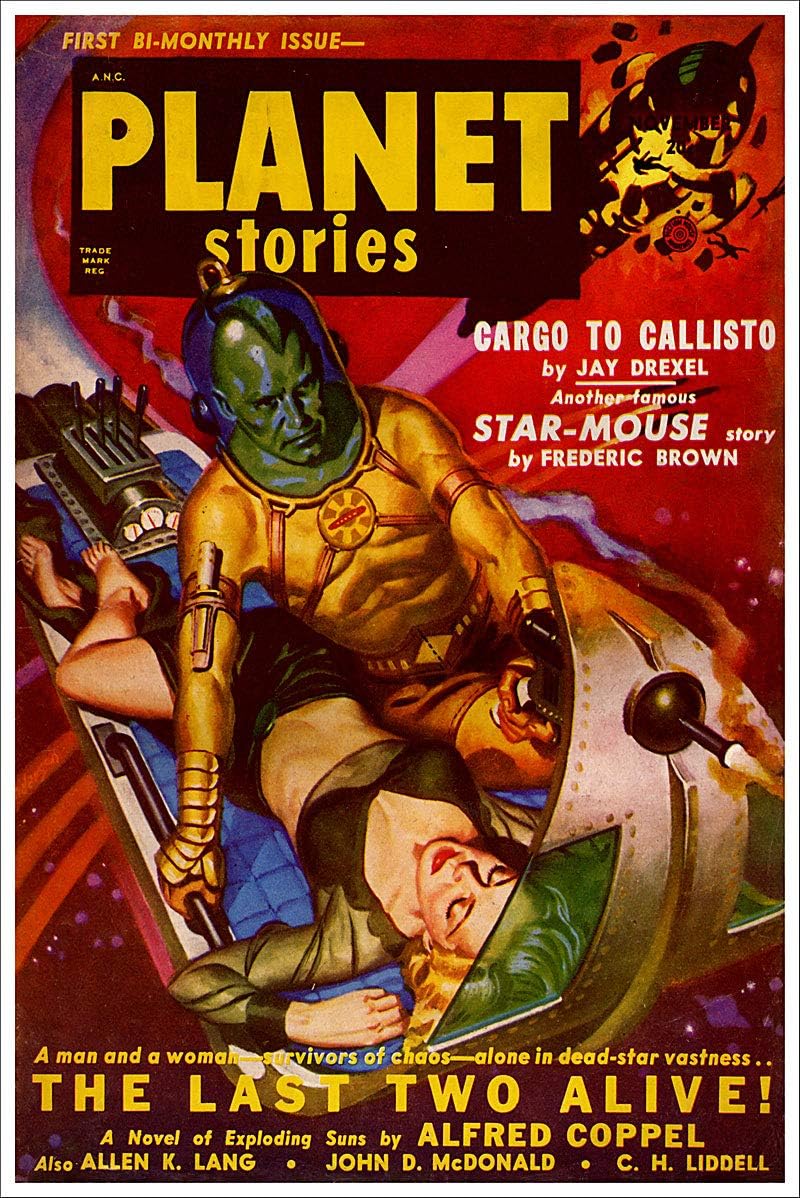
Figure 5: Planet Stories, November 1950, (url)
So how does it happen now? How is this addiction born? My parents and older brothers tell me that my first words were “Danger! Danger!” – it appears I was left in front of the TV during Lost in Space and learned to speak from the robot. “Danger, Will Robinson!” Perhaps this is enough?
Then came ’2001: A Space Odyssey’ on the big screen. I remember this as a seminal moment. Hard SF again takes to the screen. Never before had I, or anyone for that matter, seen the like. I remember going to the drive-in and being amazed that such seeming reality could be mere movie magic. I quickly discovered Star Trek on TV, and comic books on the shelves at the supermarket. Then along came Star Wars and Alien. I bought the comics, then moved up to the books, then onward to Andre Norton’s canon, and was hooked for life. I became a voracious reader. From speaking with others, I understand that this is a fairly common set up for my generation. Well, except the “Danger, Will Robinson!” part.
Now I run a virtual bookstore named Books from the Crypt (www.booksfromthecrypt.com). So I don’t see the afflicted too often anymore. But I do get the email. “DO YOU HAVE SF PULPS FROM THE 40S?” – note that the capitals display their sense of urgency, “IF SO - WHAT’S IT COST TO SHIP THEM TO KATHMANDU?” I can tell that there’s sweat on their keyboard.
The Internet truly has made this a small world chock full of collectible SF. It may have become trite to say so, but the depths of salvation it affords to the afflicted have not always been adequately noted. Not only does the internet allow these folks access to a whole world’s supply of genre literature, but also it offers relief to those middle of the night withdrawals which always seem to hit after the late night reruns of ’Star Trek: The Next Generation’. Despite the fears of a few years back that the Internet would cause the death of reading, the Internet has in fact become a boon for readers and collectors. The used book industry, already in the practice of cataloguing and selling via mail order, was the perfect industry to move online. And the dealers did in droves. Virtual catalogues replaced paper ones and at a fraction of the cost, Books that had been scarce, or hard-to-find, are suddenly available to anyone with Internet access (and a large line of credit), Bookseller’s databases are still popping up all over. SF is strongly represented at them all. Of note, at www.TomFolio.com, there are browse-able categories with such headings as ’Lost Race’, ’Lost Worlds’, ’Doctor Who’, ’Conan’, and others chock full of items which were, at one time or another, ’hard-to-find’ or ’scarce’, Proto-SF and vintage Science Fiction. It’s a virtual SF smorgasbord on-line.
So remember, when that person with the glazed eyes in the SF aisle looks in your direction, don’t duck or flinch. They’re probably harmless. No one has ever killed for SF (that I’m aware of), although they may have threatened. Take the initiative and recommend that they check out the SF available on-line. Or, if you like to talk about books and collecting, there’s a receptive person in that aisle. And where else can you find a bunch of collectors who worry over where the half-naked girl on the pulp cover is getting oxygen?
